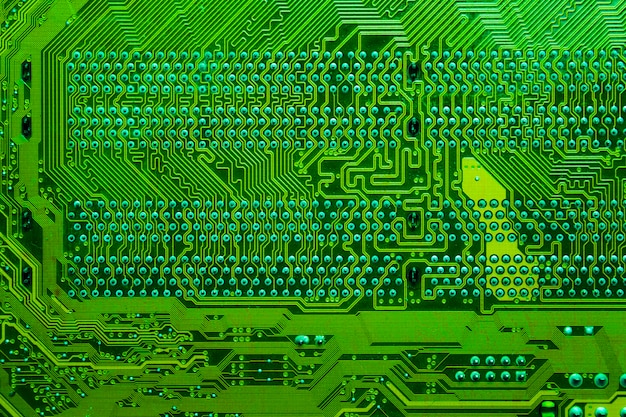Ennovi Pioneers Eco-Friendly Flexible Circuits for Electric Vehicles

Ennovi has come up with a sustainable method to produce flexible circuits used for low-voltage signals in electric vehicle (EV) battery cell contacting systems. Typically, these systems use flexible printed circuits (FPC), which are the priciest part of the current collector assembly. Ennovi’s innovative flexible die-cut circuit (FDC) technology offers a more affordable and eco-friendly solution, simplifying the manufacturing process while enabling quicker reel-to-reel production.
Traditionally, FPCs are made through a complex, multi-step batch photolithography process that uses corrosive chemicals to etch copper traces onto a flexible circuit. This method not only consumes a lot of time and energy but also poses challenges in recycling the leftover copper from the chemicals.
In contrast, Ennovi’s die-cutting process allows for immediate recycling of copper, making it a much cleaner alternative. Unlike FPCs, which are limited to sizes of 600 by 600mm, FDCs can be made in any length thanks to their reel-to-reel manufacturing technique.
Under specific design conditions, FDCs can deliver similar performance to FPCs. Ennovi has validated these results through extensive in-house tests, including dimension accuracy, thermal shock resilience, trace resistance, temperature increase, insulation resistance, and high-voltage endurance.
“We believe that adopting FDC technology for flexible circuits aligns perfectly with our vision of creating a sustainable battery value chain for EVs,” said Gustavo Cibrian, product manager at Ennovi. “Our efforts enable us to offer battery manufacturers a cost-effective, time-efficient design option without compromising performance.”
Based in Singapore, Ennovi employs over 10,000 people across 15 sites worldwide.